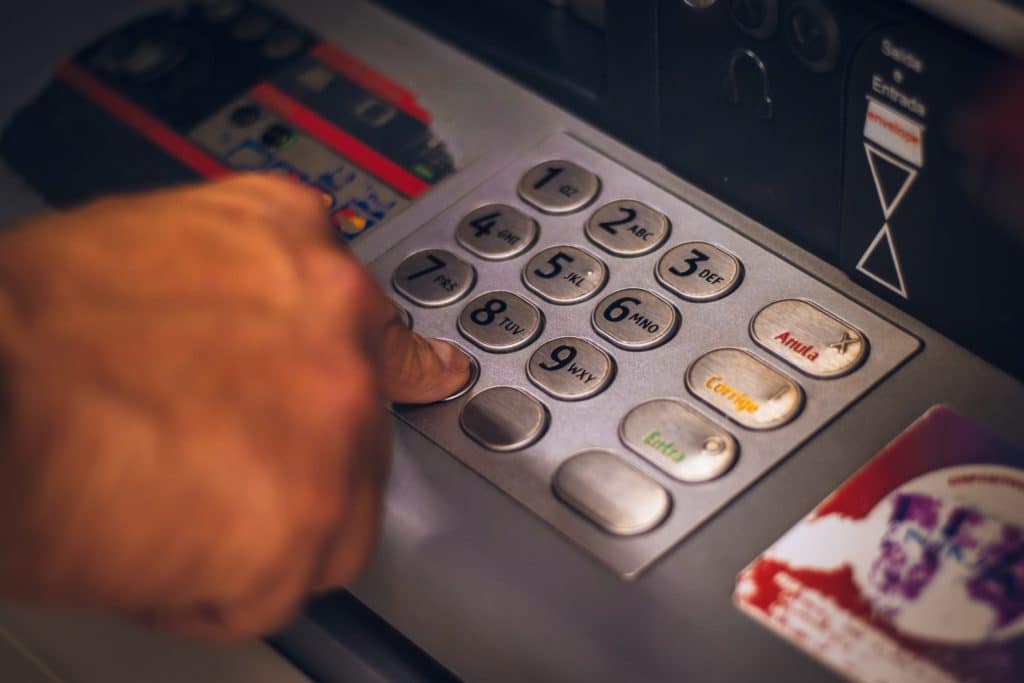Last updated on October 24th, 2024 at 11:19 pm
Thanks to today’s ever-advancing technology, sending money from one individual to another is usually straightforward. There are many methods for doing so, and one of the most popular is an ACH transfer.
These types of money transfers are quite common, whether for paying bills, making payroll, or sending money overseas. ACH transactions are an alternative to:
- paper checks like personal checks or cashier’s checks
- mailing cash
- bank transfers
Read on to learn about ACH transfers, how they work, and what the advantages of using them are.
Explaining ACH Transfers
In simple terms, an ACH transfer is an electronic transfer of money from one bank account to another. ACH stands for Automated Clearing House, which is the network that the money moves through. The ACH Network is run by NACHA, also called the National Automated Clearing House Association.
The Automated Clearing House network handles billions of electronic money transfers each year. Some business owners, business-to-business (B2B) companies, and organizations may prefer ACH for transferring money since it not only enables quick and easy bill pay services and money transfers but is also a secure payment option, reducing the risk of fraud.
As mentioned above, ACH payments are commonly used for bill payments and payroll deposits. Several common money transfer services also use the ACH network, such as Zelle, Paypal, or Venmo.

2 Types of ACH Transfers
ACH Direct Deposits
These kinds of electronic payments cover paycheck deposits, interest payments, tax refunds, and other electronic money transfers typically related to banking or business purposes.
An ACH direct deposit means that you are receiving money via an ACH money transfer.
ACH Direct Payments
This refers to an electronic money transfer that occurs when you send money. Via an ACH direct payment, you can send money to an individual or to a business to pay a bill.
When you are paying bills, your bank or financial institution typically handles the ACH transfer for you.
How Long Does It Take for the Money to Transfer?
Now that you know what is an ACH transfer, the next likely question you have is how long does an ACH transfer take? The answer really depends on which bank or service you use to make the transfer of funds.
A transfer could occur within a few hours or take a few business days depending on the circumstances of the transaction. For example, a money transfer that takes place later in the day or on a weekend or holiday may not complete until the following day, when banks are open again. Additionally, international transfers may take a little longer due to time differences between different banks.
Another reason for the discrepancies in processing time is that the ACH network processes the transfers in batches at several intervals during the day.
ACH debit transfers are typically fastest. The National Automated Clearing House Association has established a standard that ACH debit transactions must be processed by the next business day.
How Much Does an ACH Transfer Cost?
Again, the costs for an ACH transfer will vary based on the bank or service you use. Most of the time, ACH debit transfers do not incur a fee. Be sure to check with your bank for more information.
What Is ACH Credit?
ACH credit is a promise to arrange for payment from your account directly to the recipient. However, this is not automated.
You may have ACH credit to ensure your funds are set aside for a specific payment or transfer, but only the sender can authorize releasing the funds to the ACH network, where they will be cleared and transferred to the recipient account.
This is different from ACH debit, which is when the promised funds are drawn from the account by the recipient or the ACH network. Once an ACH debit is arranged, the sender cannot control when the funds will be dispatched.
Which Is Better For You: Wire Transfer or ACH?
ACH transactions are direct payment options that offer security for both the sender and the receiver. Wire transfers are also an electronic form of sending payment and since they’re rather quick, are often a solid choice for many individuals or small business accounts. However, they do have some drawbacks.
For starters, wire transfers typically have much higher fees associated with the transfer of funds. Sometimes, the recipient of the funds also needs to pay a fee, such as a transaction fee, to receive them.
Consider these factors when deciding what may work better for you:
ACH transfer:
- Could take several days (often a minimum of three to four)
- You can both send and request funds
- Secure
- Inexpensive or even free
Wire transfer:
- Could be faster than an ACH transfer
- Payments can only be sent, not requested
- Secure
- Both the sender and the recipient may have to pay the fee
Convenience
ACH transfers also offer the sender more convenience. When using an ACH electronic money transfer system to move money, there is typically no need to visit or contact your bank.
Read more: ACH vs. Money Order: What Is the Difference?
ACH Transfers: Other Considerations
With any money transfer service, keep these additional factors in mind.
1. Maximum transfer limits
Some apps and banks will have a maximum allowed amount that you can send per day and per month. Additionally, you may have one maximum limit for savings accounts and another for sending money from checking accounts.
2. Processing cutoff time
You’ll want to be aware of the cutoff time of day for processing transfers. If you attempt to send money after the cutoff, it won’t be processed until the following business day.
The Bottom Line
To sum up, ACH transfers are simple, easy to initiate, and can be a great way to safely and securely send or receive money.
